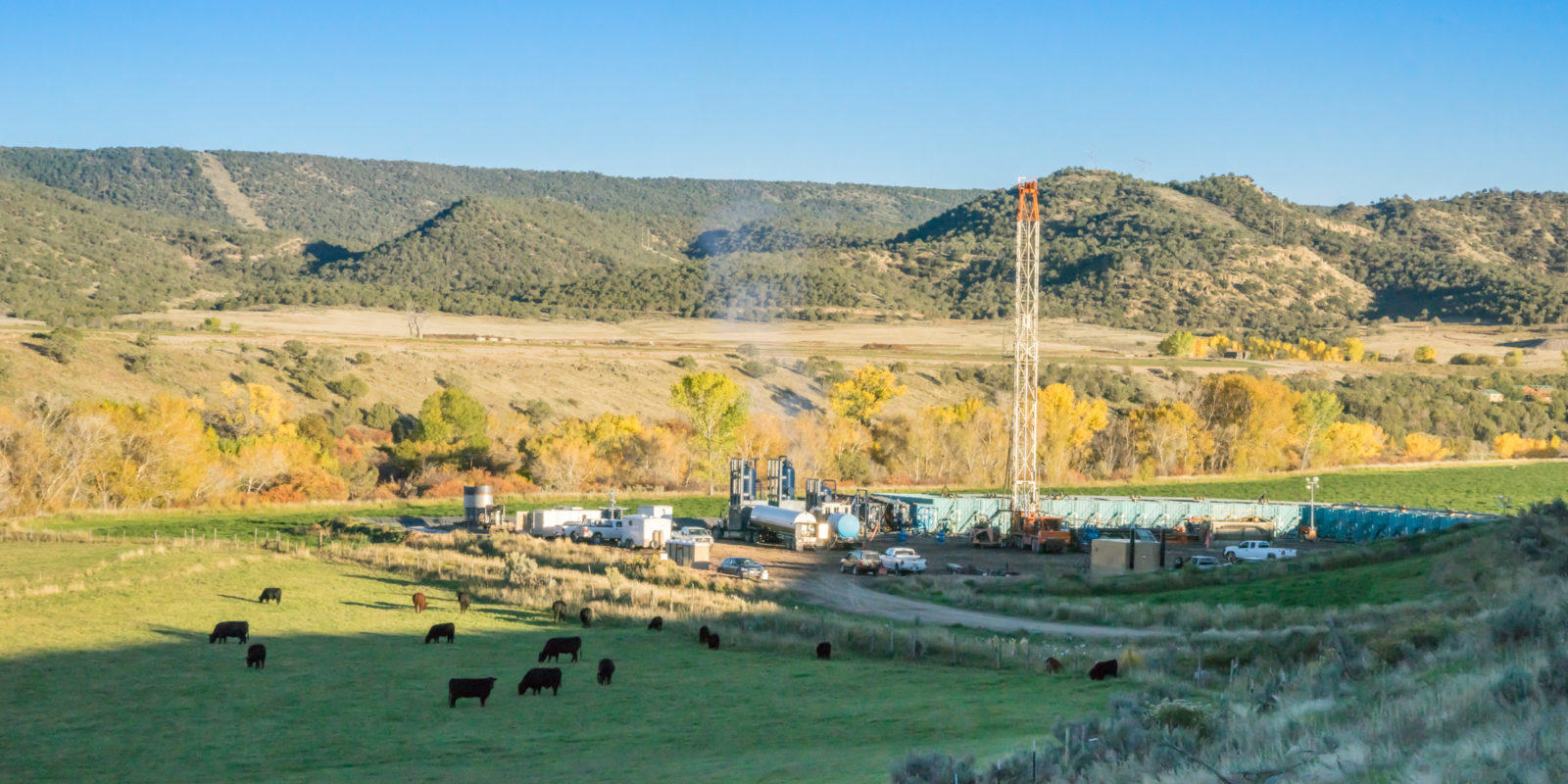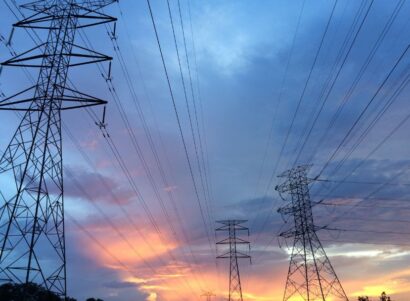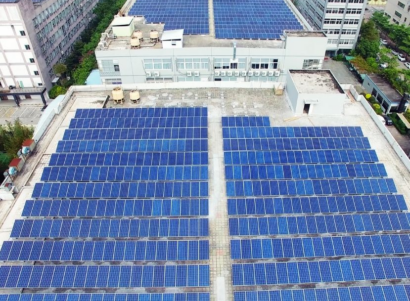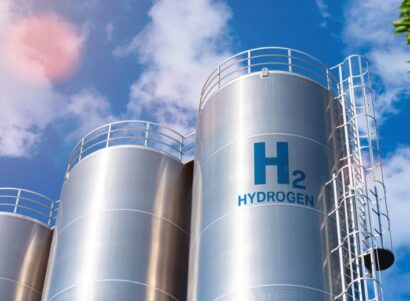New methods are needed to measure health impacts from oil and natural gas extraction, scientists say
Air pollution near oil and gas production typically measures in concentrations within healthy air standards, yet a majority of studies continue to find that poor human-health outcomes increase the closer people live or work to these operations, according to a new study that examines six years of peer-reviewed, published research on hazardous air pollutants associated with the extraction of oil and natural gas.
The study, published in April in the 2019 volume of the Annual Reviews of Public Health, was led by researchers Diane Garcia-Gonzalez, PhD, and Michael Jerrett, PhD, of the UCLA Fielding School of Public Health in collaboration with Seth B.C. Shonkoff, PhD, MPH, executive director of PSE Healthy Energy, an energy-policy research institute.
While it is unclear why there is a gap in the evidence between environmental sampling and health-based studies, the new review provides insights into methodological shortcomings that may help explain this discrepancy. The authors call for additional investigations that adequately address potential risks associated with long-term, chronic, low levels of exposure or from exposure to mixtures of chemicals. They also call for sampling methods that properly account for degradation and dispersion of pollutants and sampling timeframes that appropriately capture peak emission periods characteristic of oil and natural gas extraction.
The review can help guide future research on air quality near oil and natural gas development sites by highlighting future investigative priorities, the researchers say. It may also bring insights into possible exposures of communities near oil and natural gas development and underground gas storage sites such as Aliso Canyon in Los Angeles’ Porter Ranch, where there was a major gas leak that affected the community.
Read the study.
Read the UCLA Fielding School of Public Health press release.













